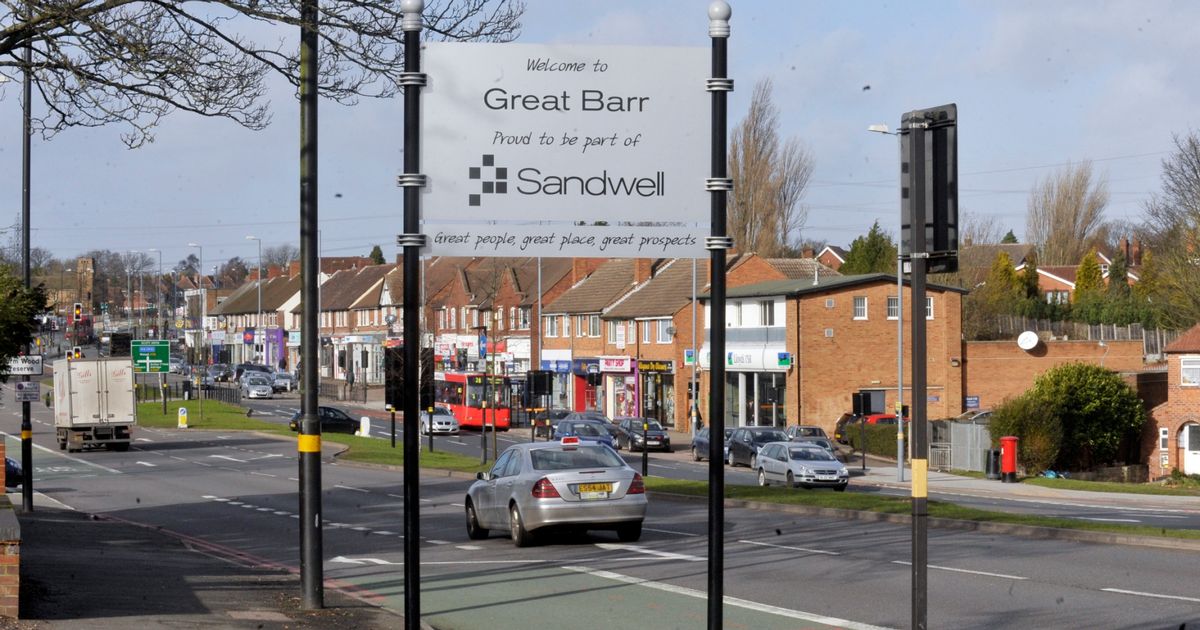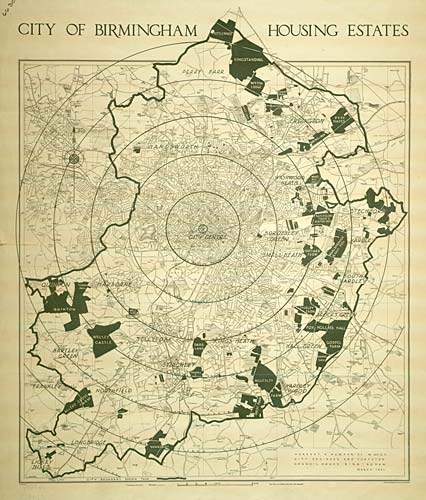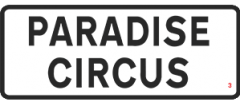We all know that Birmingham isn’t shit. We’ve spent nearly 20 years telling people, showing the world, and often undermining our case. Tired of falling back on the same old cliches, or past achievements, we look at the ineffable reasons why we say ‘Birmingham: it’s not shit’ and attempt to eff it.
Birmingham is the highest point west of the Urals. Great Barr is as hilly as all hell, the pubs are all big and on the verge of kicking off, or big, closed, and on the verge of burning down. I don’t think there’s a trendy coffee shop for miles, and good luck with seeing any art other than a tribute act since The Kings isn’t there for basket meals and The Barron Knights.

During the Second World War they removed road signs to confuse any Nazi paratroopers that might land, in suburban Birmingham they just built road after road of identical semi-detached houses that wind round on each other in a way that makes you sure the estates were planned not by the Public Works Committee of the Council but by M.C. Escher.
Never sure where you are until you turn a corner onto a wider road and see a landmark, lost on a walk of shame, navigating by incline alone: the sheer delight in being able to get lost yards from your front door is a feeling akin to driving fast over the hump-backed bridge by Highcroft as you race into Erdington.
Did the city planners just see one semi-, with a box room at the front even that stretched the definition of ‘bedroom’ even in those days when people were smaller, and say:’ Yeah, thousands and thousands of these randomly all around the place, around the outskirts of town please.’? Sort of. And it’s to our credit that they did.
A 1919 survey estimated that 14,500 new homes were needed in the city within three years – a huge amount by today’s standards, but we had around 40,000 back-to-backs and 200,000 people living in slums.
But then, between the wars, Birmingham built more than 51,000 new council houses – more than any local authority in the country outside London (as we always have to say when talking about anything to do with scale).
Nearly all those homes were built not where people were living in slum back-to-backs, (although with a lovely sweetshop) but on farmland around the outside of town. The City grew new ‘cottage suburbs’ like the rings of a tree.
The Perry Barr Estate was brought into the City of Birmingham in 1928 and then filled with 5000 council houses which were built in three years. In ten there were almost 10,000 with Kingstanding, Erdington, Witton Lodge Farm and Oscott College joining it and confusing our fictional parachutist even more.
In South Birmingham, you could now get lost in Northfield or Weoley Castle too.

At this stage it did very little to help those in poor housing, high rents meant a skilled and better-off working class – many who moved into the city – were the ones who now lived on the new estates.
Lots of these houses were 3B type “with parlour, living room, scullery and three bedrooms”: most now often becoming houses with through lounges, extended kitchens, drives at the front and – in my dad’s case – a nightmare post-apocalyptic tableau of artificial grass populated by gnomes with various bits broken off out the back.
Decorate or desecrate them how you like, you can’t make those houses, trees and grass verges look like anything but themselves — and crucially each other. With few landmarks and no obvious plan to how the roads related to each other (those hills again) those of us who spend a good deal of time in our suburbs had to evolve other strategies to find our ways around.
From a very early age, we learnt to navigate the outer reaches of Birmingham by pubs and nothing else: for in the suburbs they were the only true way to tell where you were. Going up the Queslett Road, the signs were all you had; each out itself — double fronted and on an island — looked pretty much identical. The Old Horns, The Trees, The Deer’s Leap, The Queslett, if you parachuted in there would be little chance of you knowing which way to go to The Scott Arms. Navigation by pub was further complicated by the ‘90s fashion of changing their names, and the ‘00s of turning them into large Chinese buffets. Like a pub timelord, you were conditioned to knowing the names they used to be before you were born, let alone before you had ever been inside.
Everywhere looking the same taught you pubs, it taught you history — getting lost is part of Brum’s special charm, and a reason why it’s not shit. Not at all.
If you’d like to find out more about Brum’s house-building boom, then Municipal Dreams is the place.
